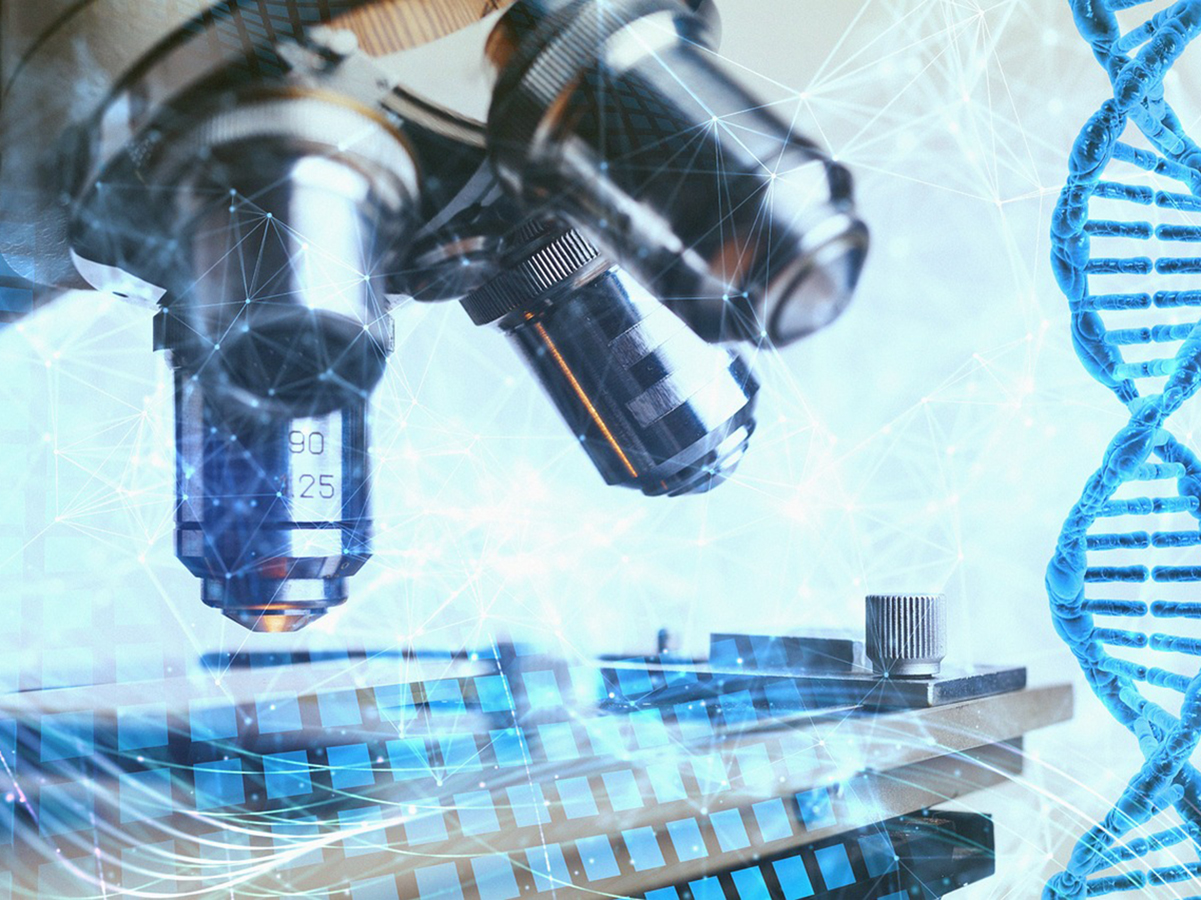
July 19, 2023
How do you use DNA matches with an ethnicity estimate? In our last blog, we talked about ethnicity estimates and what you can discover about possible historical origins of your ancestors. Today, let’s talk about those DNA matches you get along with the ethnicity estimate.
DNA matching is the process of comparing your DNA to other people’s DNA in a database. When a person has a good amount of DNA identical to yours, this can indicate a common ancestor. You inherit half of your DNA from your father and half from your mother. This is what makes you unique. That percentage reduces to 25 percent from each grandparent, and 12.5 percent from each great-grandparent, etc.
Your siblings and cousins also inherit a certain amount of DNA from your ancestors, some of which don’t match yours. The shared amount indicates how distant the common ancestor is. The testing company will make a statistical determination, based on the amount of DNA in common, as to whether you are related to another person as a close relative, first cousin, second, third, etc.
At this point, you will have the ability to look at each of these matches to see (based on the tree linked to the DNA test) what ancestral line this person is connected to - if the tree is public, that is. If not, companies let you message the other person to find out more (especially if their tree isn’t as full as yours may be).
As you can see, DNA is only part of the story. DNA can’t tell you if you are a descendant of royalty, but it can provide a possible picture of your ethnicity and possible matches that may provide a connection you didn’t know was out there.
This is just a brief overview. With research and investigation, you can use DNA to help fill in your tree and make connections with others. It is another tool in your genealogy toolkit.
Sheri V.
Midwest Genealogy Center
Read Similar Blogs:
Genealogy
Science
Technology







